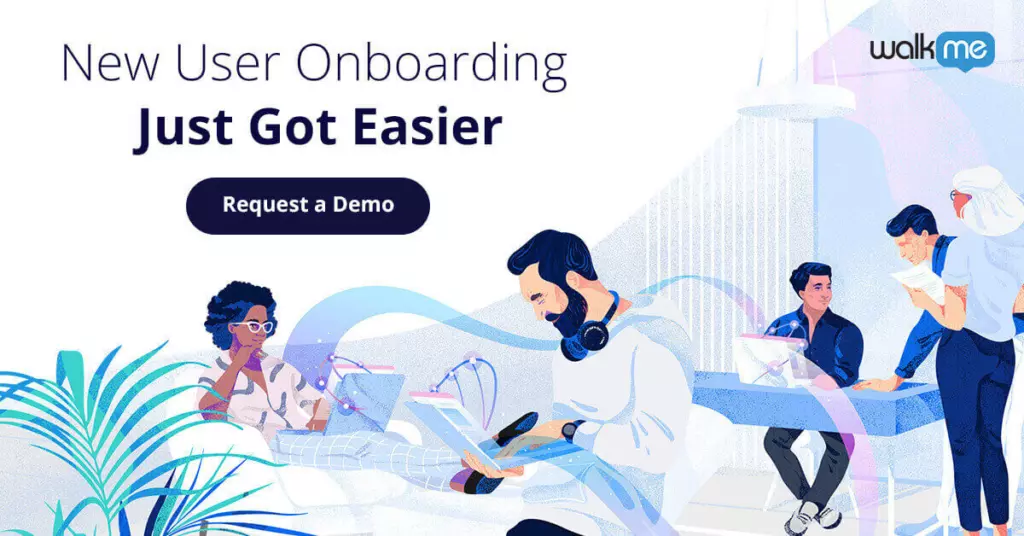Using the right employee training techniques is one of the easiest ways to maintain high engagement. But how do you know which ones to choose?
The truth is, it’s a balancing act. All employees learn differently, so it is important to create a diverse training plan.
When choosing employee training techniques, consider your overall goals, the purpose of the training, the employees being trained, the budget, and the length of the course. An all-day session may work for one learner, but it might not be suitable for someone who prefers learning at their own pace.
As technology continues to permeate the workplace, we have the luxury of using digital training techniques that most effectively engage and prepare employees to succeed in their jobs. With technological capabilities, it is much easier to build a successful training program.
Here are 4 employee training techniques to know.
No. 1: E-Learning
E-learning training techniques include web-based, video, or webinar training. This mode of training is becoming more popular as employees around the world are dispersed and working remotely. E-learning extends to students too, since many schools and universities are instituting learning from home.

A digital approach to employee training is especially effective for software learning and onboarding. WalkMe’s Digital Adoption Platform (DAP) can be an invaluable tool for companies implementing new digital systems or onboarding new employees to existing platforms. DAP provides on-screen, contextual learning to help users navigate software systems with ease, and complete tasks efficiently.
WalkMe’s DAP sophisticated technology learns to anticipate users’ needs to provide personalized support in real-time. The end result is faster learning, greater knowledge retention, and lower support costs. Employees are less stressed and better able to maintain high levels of productivity.
No. 2: Classroom Learning
Many companies continue to hold employee training in the classroom setting. While there are benefits to this approach, there are also drawbacks.
In-person training allows trainees to develop a relationship with the trainer and ask questions on the spot. If something doesn’t make sense, employees can easily obtain clarification or ask for further instruction on certain topics. It also fosters discussion among trainees about the lesson and makes the overall experience more personal.

However, traditional employee training techniques are not as feasible since COVID-19. Many employees are located remotely and sessions would need to be conducted via video conferencing. Another obstacle to classroom learning means that employees must spend more time away from their work. Time-to-competence may be long, and the forgetting curve is high. Learning something in a classroom and actually doing it independently are two completely different things.
No. 3: Interactive Training
Interactive training is similar to classroom learning, but involves more employee participation.

Interactive employee training techniques have employees completing an activity or project and applying what they have just learned into use. For example, if you are training employees on how to use a new software system, ask them to complete several tasks on the platform that they will need to eventually do in their daily work.
Other examples of interactive training include quizzes and question and answer sessions. Though somewhat time-consuming, interactive training can make the experience more engaging for employees.
No. 3: Hands-On Training
Also known as experiential training, the hands-on approach is one of the more informal employee training techniques.

Experiential learning is the method of learning through first-hand experience, or training by doing. But, hands-on training could also mean writing a report or shadowing a current employee.
Hands-on training is effective because it immerses employees in experiences that will eventually become the norm in their roles. Throwing them into the deep end, it teaches employees valuable problem solving and teamwork skills right off the bat.
Achieving the right combination of employee training techniques
Looking toward the future, it’s clear e-learning is becoming many companies’ preferred method of training.
In order to best accommodate your own employees, think about the organizational goals you want to achieve and how different techniques may help you reach them. Well-trained and engaged employees build a high-performing business. With the right approach, you can achieve both.


